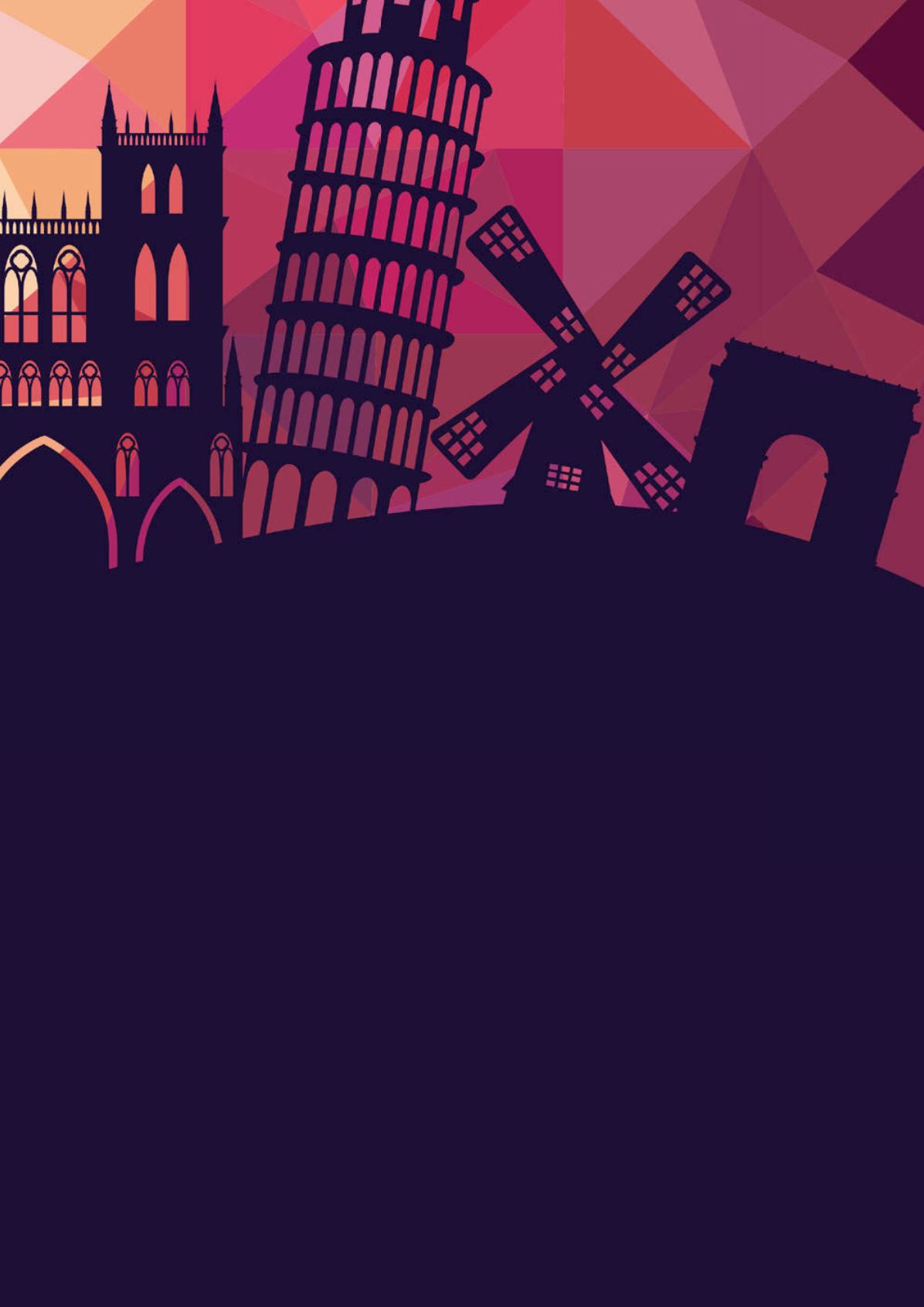
E
urope consumes a lot of natural gas. According to the
US Energy Information Administration (EIA), the European
continent (including all EU members plus Turkey, Norway,
Switzerland, and the non-EU Balkan states), consumed
18.7 trillion ft
3
of natural gas in 2013, or approximately 51 billion ft
3
/d.
Roughly one-third of that gas was produced internally, mostly
from large fields in the North Sea and adjacent lands. Norway,
which is not an EU member (but
belongs to NATO) also supplies a lot;
about 23%. The single largest external
supplier, however, is Russia, with
about 30% (5.7 trillion ft
3
, or
15 billion ft
3
/d) of this volume.
And there lies the rub. For many
years, the majority of exports from
Russia to the EU came through the
Ukraine (in some years, as much as
80%). Starting in 2006, however,
arguments over pricing and payments
of gas consumed in the Ukraine have
led to periodic cessations of onward
deliveries to European consumers.
Although the threat of blockages
has eased somewhat with the 2011
opening of the Nord Stream system (which delivers gas from Russia
to Germany directly via the Baltic Sea), the situation worsened
dramatically with Russia’s seizure of the Crimea and subsequent
war against the Ukraine. The EIA estimates that 16% of all gas
consumed in the European continent passes through that blighted
land. “There are a lot of politics and geopolitics involved,” says
Tim Boersma, a fellow and Acting Director in the Energy Security
and Climate Initiative, part of the Foreign Policy programme at
the Brookings Institution, a US think tank. “In light of the Ukrainian
concerns, there is a sentiment to diversify away from Russia. It is
not a vital issue to many European countries, but there are some in
Eastern Europe where it is a real important issue because they have
few alternative supplies.”
A partial alternative has existed for several decades. In addition
to abundant oil, Northern Africa is blessed with huge reserves
of natural gas. Europe is already
served by a series of pipelines that
cross the Mediterranean and deliver
over 5 billion ft
3
/d of gas to Spain
and Italy.
Since the Arab Spring, however,
the above-ground risks in countries
such as Libya have risen exponentially.
Even in currently stable countries
like Algeria, there is little appetite
for new pipelines. The Galsi project
is a proposed 700 million ft
3
/d line
that would run from Algeria through
Sardinia to northern Italy. Sardinian
environmentalists have objected
to the impact the multibillion line
would have on the island’s local
ecology. More trenchantly, backers in Algeria are concerned that
competition from other lines might undermine the economics
of the scheme, and are waiting to see what might transpire with
competitors.
Alternate potential sources also exist within the European
continent. Shale gas, for instance, holds tremendous potential. In
2013, the UK Department of Energy and Climate Change (DECC)
issued a British Geological Survey that estimated the Bowland
Political and
economic issues are
complicating the
development of new
gas pipelines to serve
Europe, as
Gordon
Cope
explains.


